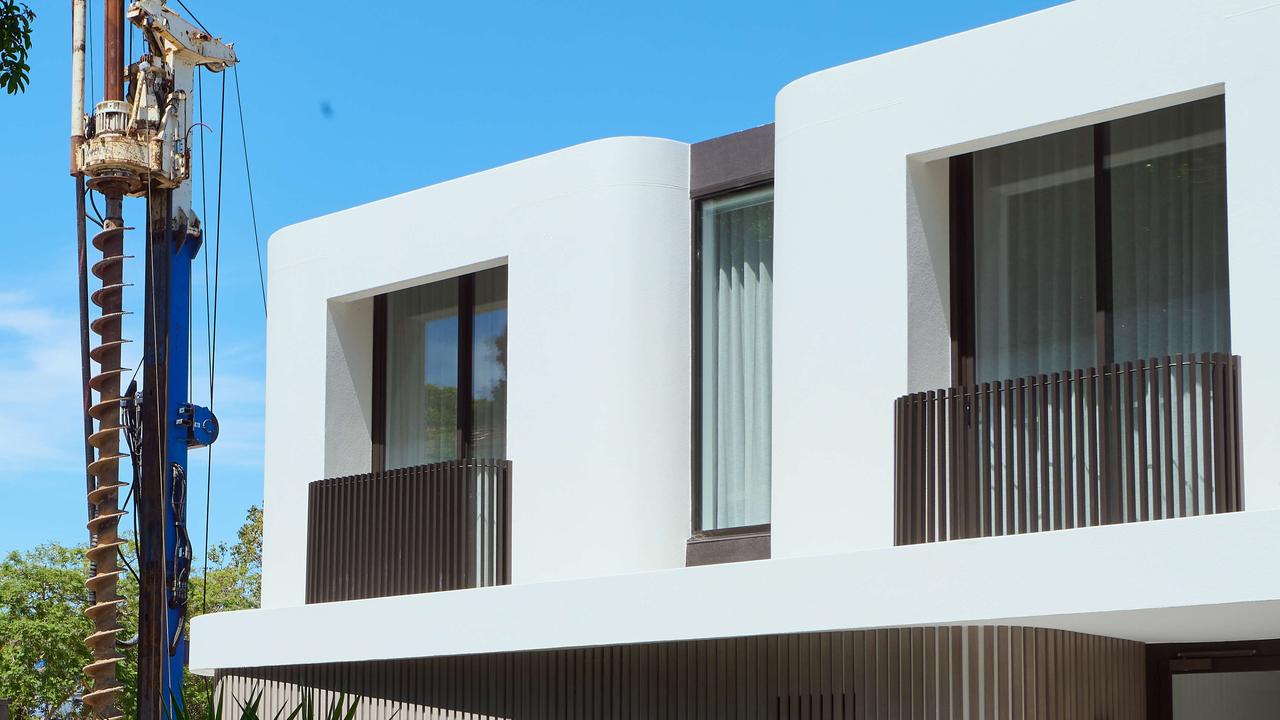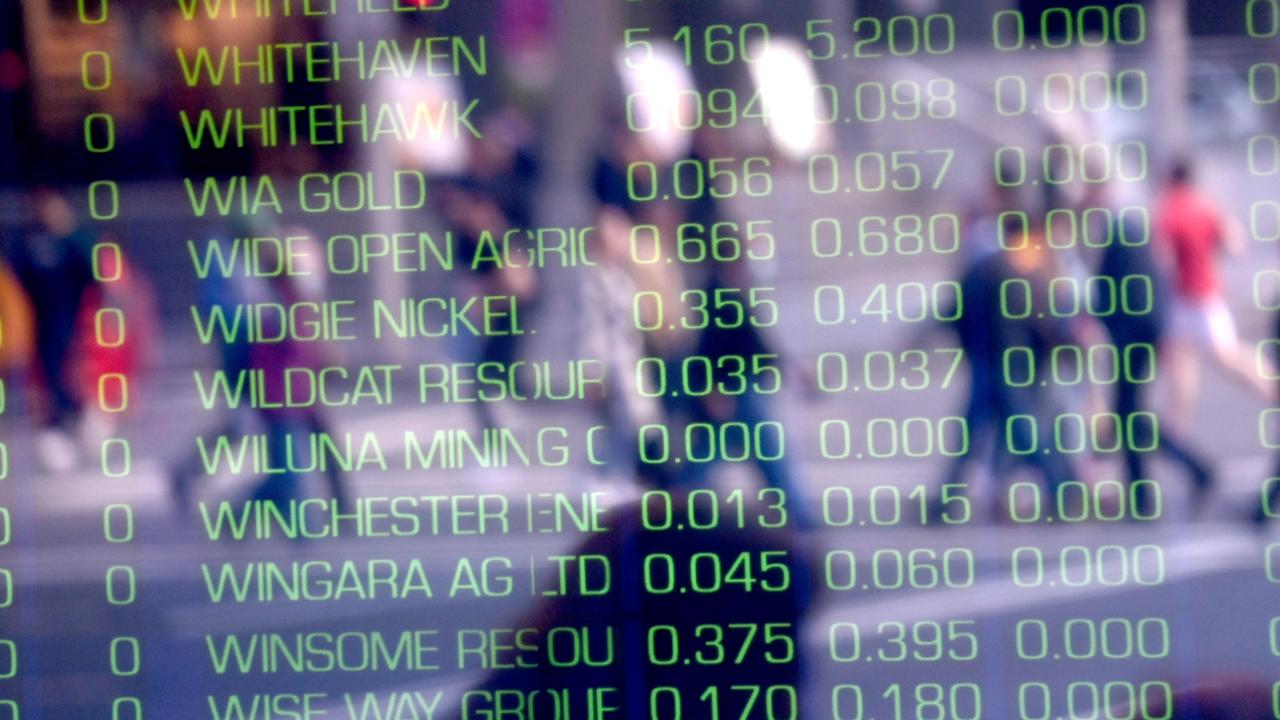Inflation set to undershoot RBA forecasts: Economist
Aussies hoping for a rate cut have received welcome news, as inflation is tipped to have fallen in the November monthly figures.
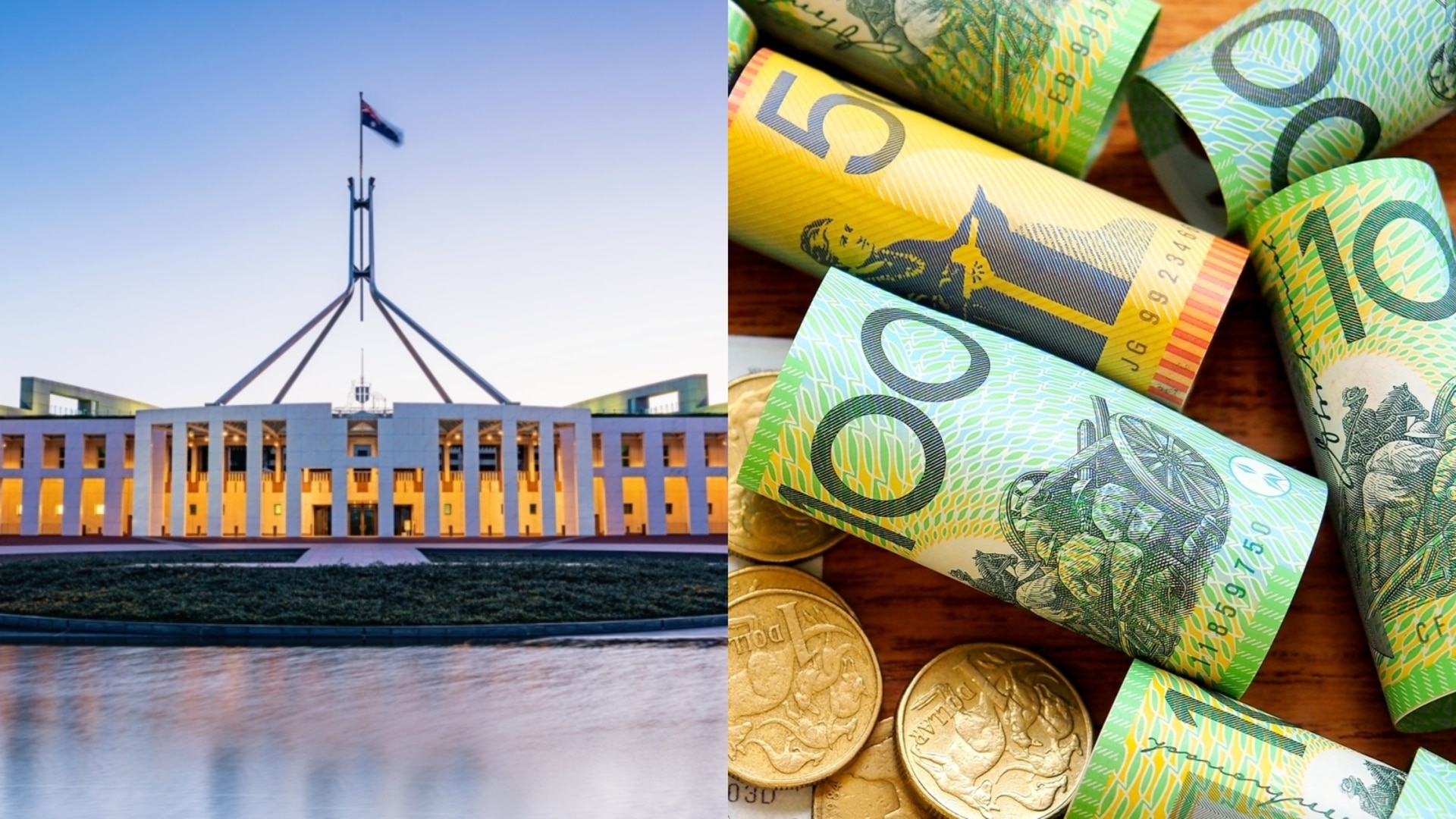
Interest Rates
Don't miss out on the headlines from Interest Rates. Followed categories will be added to My News.
Hopes for a rate cut in early 2025 are rising, with Wednesday’s inflation data tipped to beat RBA expectations.
Economists have predicted a slight rise in headline inflation, but believe the more important trimmed mean inflation rate - which strips out more volatile costs like electricity and petrol - will fall, and the number will come in well under the central bank’s forecast.
As a result, economists have raised optimism for a rate cut as early as February.
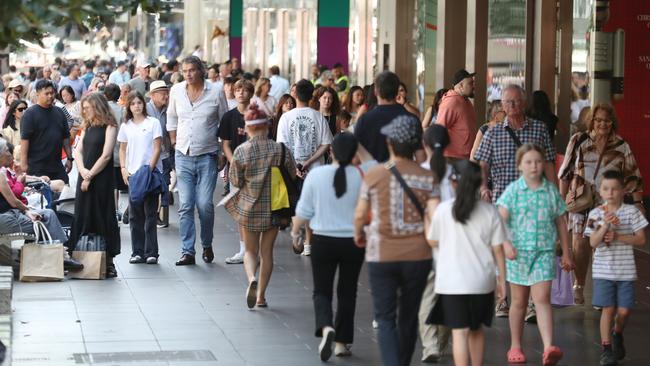
NAB economist Taylor Nugent forecasts headline inflation will rise from 2.1 per cent in October to 2.4 per cent in November when the official figures are released on Wednesday.
He wrote in an economic note the November figures would firm up expectations for upcoming rate cuts, with trimmed mean inflation – the RBA’s preferred measurement – falling from 3.5 per cent in October to 3.1 per cent.
While the figure is above the 2 to 3 per cent target set by the RBA, it is well below the central bank’s expectation of 3.5 per cent.
“The optics of December quarter inflation (due on January 29) will be better than the substance, but even so inflation progress looks on track to outpace the RBA’s November caution,” Mr Nugent said.
AMP chief economist Shane Oliver expects headline inflation to rise to 2.3 per cent, while trimmed mean inflation will likely fall to 3.3 per cent.
Westpac senior economist Justin Smirk said the November data would provide critical updates on housing inflation, with housing costs, electricity and food prices likely to fluctuate.
“In particular, we will be looking out for the updates on rents, dwellings, electricity, gas and other household fuels. Due to the increase in government assistance, rents rose just 0.1 per cent in September and fell 0.3 per cent in October, while the ABS noted that rents would have lifted 0.5 per cent in September and October had it not been for the increase in assistance,” he said.
The RBA said in its most recent statement on monetary policy it expected inflation to decline and be in the target range of 2-3 per cent in 2025 and to reach the midpoint in 2026.
CBA economists are expecting headline inflation to rise to 2.6 per cent and trimmed mean inflation to fall to 3.4 per cent, in line with Westpac.
Mr Nugent said the RBA moderated its assessment that the labour market was unsustainably tight, with November unlikely to show signs of easing.
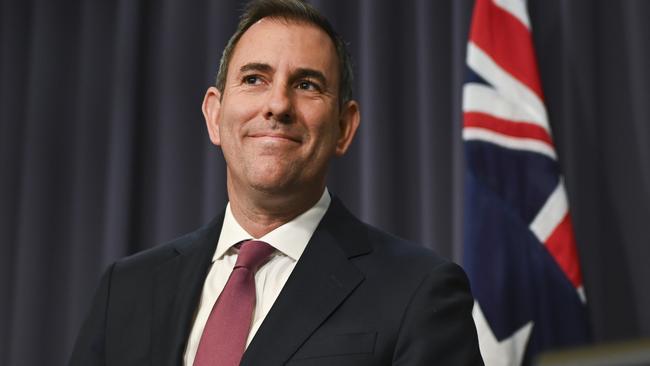
“The door is open to a February cut, but the broader data backdrop and the RBA’s only modestly restrictive policy setting mean NAB continues to see May as the more likely starting point,” Mr Nugent said.
Ahead of the figures, federal Treasurer Jim Chalmers highlighted the progress on inflation, saying “the Coalition left us with inflation with a six in front of it but now it has a two in front of it”.
“Headline inflation, underlying inflation and non-tradeable inflation have all come off significantly since the election thanks to our responsible economic management and were all rising when we came to office,” he said.
“As a government, our focus has been fighting inflation and rolling out cost‑of‑living help and we’ve made really encouraging progress together.”
Originally published as Inflation set to undershoot RBA forecasts: Economist

